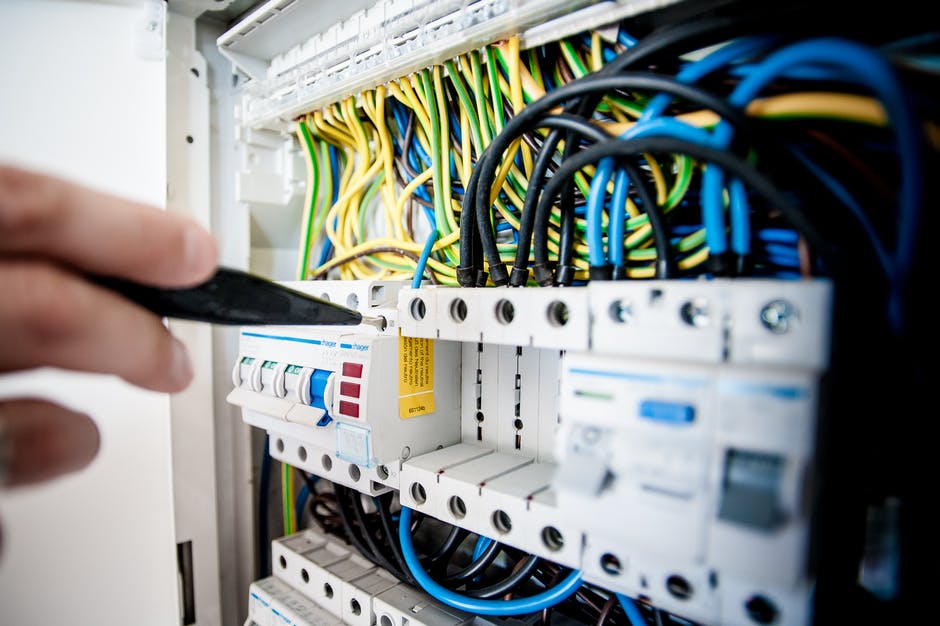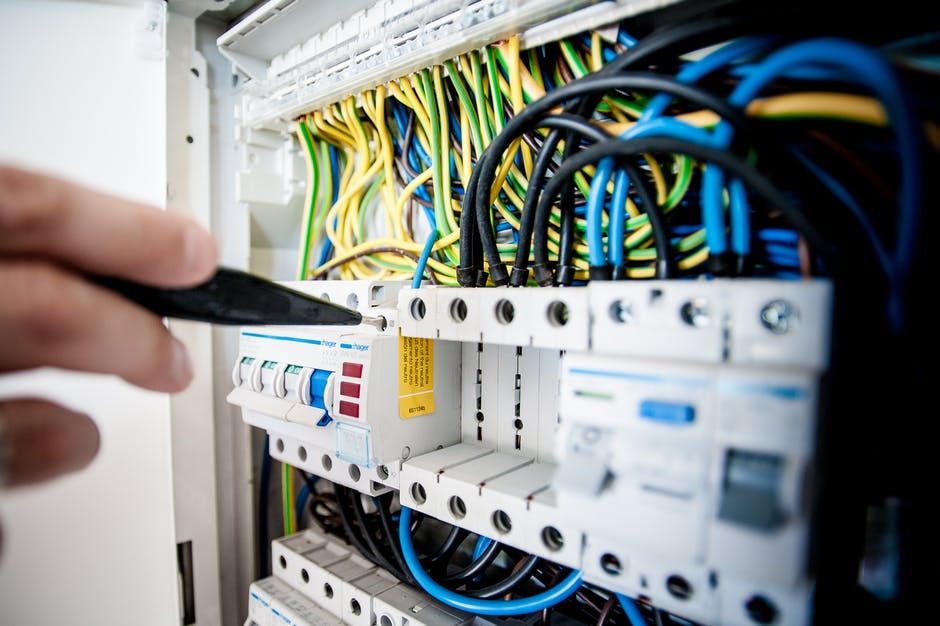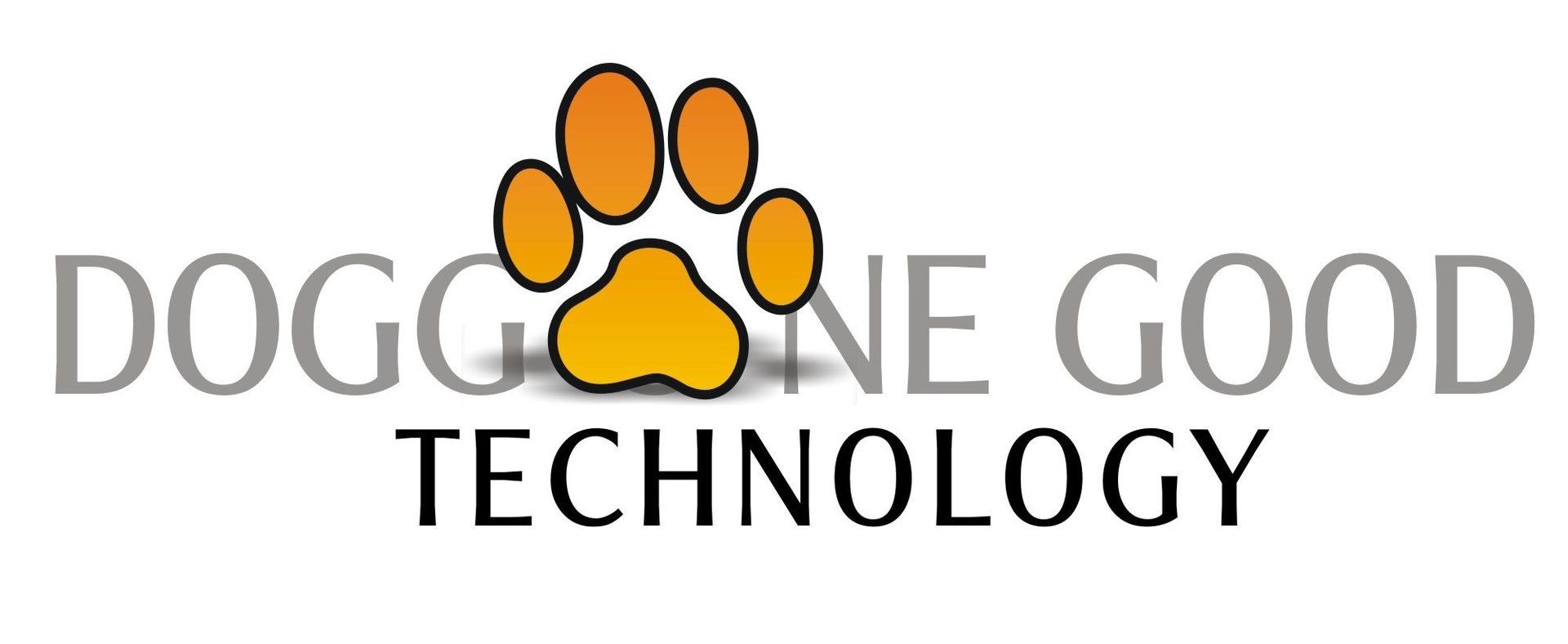Rural Internet & Availability - It can be Confusing

An Overview of Your Available Options

In the mountains of North Georgia where we live and work, internet access is an important issue. That's evidenced by the frequent posts on various social media from folks considering moving here. When we see these topics, we usually provide the responses below, but though it might be useful for broader proactive distribution. So .. .. .. ..
Here are some important points to consider:
You need to find out exactly which internet service providers (ISPs) actually service your SPECIFIC STREET ADDRESS. Don't rely on more general geographic descriptions such as towns, zip codes, or neighborhoods. Always ask regarding your specific street address.
Focus on the underlying technology rather than the specific ISP vendor. Many ISP companies provide different technologies in different areas of their service area. So, if an ISP says they provide internet access at your specific address, make sure you ask what type of internet access they offer at your address.
In general, from best to worst the technology you want is fiberoptic > cable (CATV) > DSL w/bonded pairs > DSL without bonded pairs.
Satellite (Hughesnet, etc) is usually the technology of last resort - only use it if nothing else is available (ask me why if you're interested).
In some locations with good cellular network connections, 4G LTE can fit in somewhere between CATV and DSL.
For those who wonder why some on similar technologies experience differing speeds, it's explained by those factors that limit system capacity. For example, the limitations on DSL connectivity speed are related to the geographical distance of the end user from the closest DSL "connection station". In contrast the limitations for CATV is the number of accounts sharing the same cable - but in rural areas, this is rarely a limiting factor. Fiberoptic connections aren't really limited by either.
Depending on your specific location, there may be one other option (about as fast as CATV) known as "line of sight" internet access. Essentially, this is longer range " WiFi - like" connectivity to fiberoptic system connections.. As the name suggests, your exact location must have "line of sight" to the ISP's wireless access point.
Finally, there's a great deal of excitement about the developing low-orbit satellite internet known as Starlink. This is a much different animal than traditional satellite internet, and the promise is both fast speeds with vastly reduced "latency". While there have been some expected technical "glitches" in early deployments, the remedies & improvements have been rapid and the overall speeds and service have received very positive reviews in early service areas.
Hope this helps both choices and understanding!
Ready to Get Started?
A portion of our revenue is donated to animal welfare. Now, that's Doggone Good!
We take website accessibility seriously - Click to see our Website Accessibility Statement
All Rights Reserved | Doggone Good Enterprises LLC










